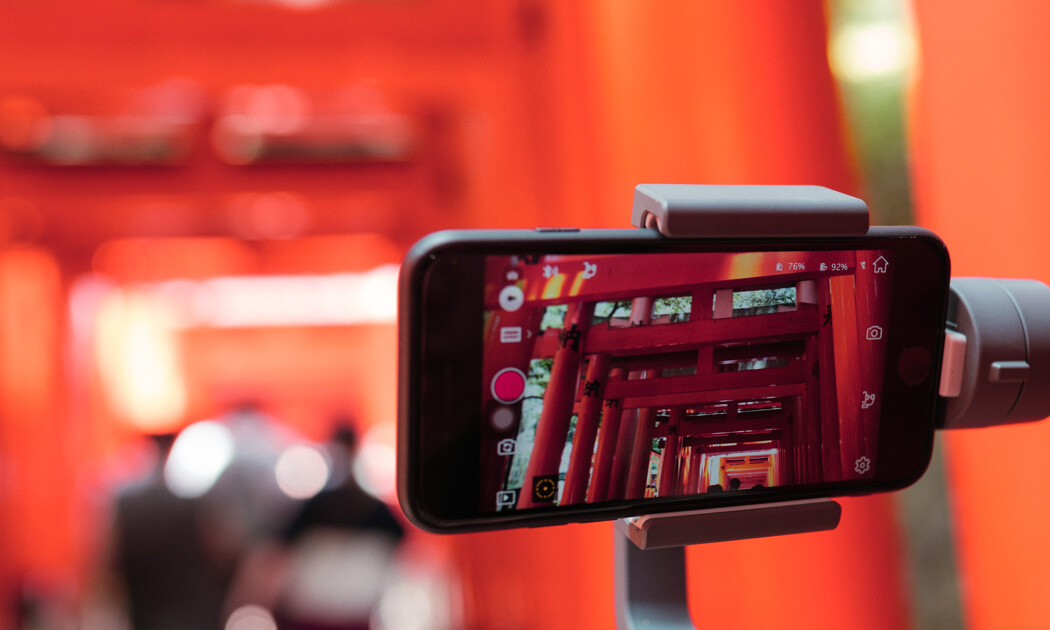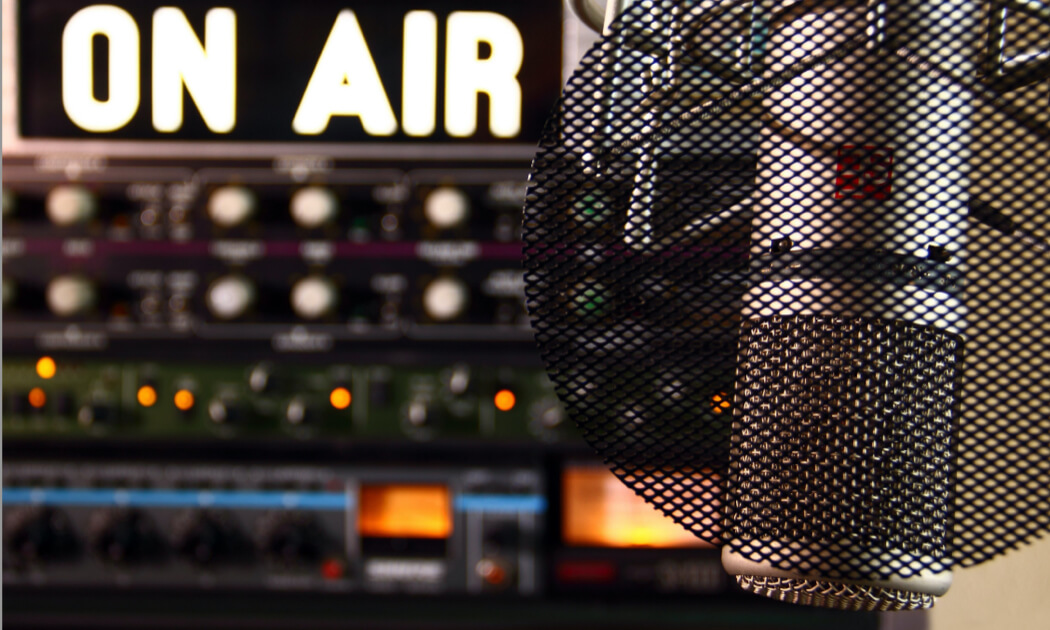Can you help me with what to look for when buying a digital camera?
-Tony
This question was answered on December 10, 2001. Much of the information contained herein may have changed since posting.
Digital cameras have become a very acceptable method for the average user to take photographs, but nothing that is affordable will rival the images taken by a good quality film camera In most cases, you are giving up some image quality for lots of conveniences Those conveniences include being able to review images as they are taken, printing only images that you desire and quickly sending images via e-mail or for posting on web sites.
The basic features to consider when purchasing a digital camera are resolution, storage, type of zoom and battery type/life.
Resolution:
Resolution determines the clarity of the images and is measured in millions of pixels (a.k.a megapixels) - the more, the better Unless you are purchasing a child’s camera, a good starting point is 2 megapixels If you can afford to go higher in resolution, it will result in higher quality images, which is important if you plan to enlarge them or capture objects with lots of detail
Storage:
Virtually every camera uses a removable media type that allows you to transfer images by moving the media to your computer (Most will also allow transfers through a serial or USB interface cable.) The amount of storage and type of media will have a direct effect on the usefulness of the camera.
The amount of storage is directly proportionate to the number of images that can be stored on the camera By lowering the resolution, you can increase the number of images that can be stored, but be sure to compare cameras based on the number of images that can be stored at the maximum resolution
The types of media range from proprietary systems such as Sony’s Memory Stick, to mini-CDs, floppy disks, Multi Media Cards, Microdrives, smart media and compact flash Smart media and compact flash memory cards have been around the longest are generally cheaper per megabyte and the easiest to find Be sure to consider the cost of additional media as well as accessories needed to be able to use the media in your computer and the exact process for transferring the images to your computer
Type of Zoom:
There are two types of zoom on a digital camera; optical and digital They are generally represented by an ‘X’ such as 3X optical and 9X digital zoom The main difference is optical zoom actually gets you closer to the object, while digital zoom essentially just crops an image tighter which generally results in a lower quality often blurry image Look for the highest optical zoom that you can afford, as this is a feature that you will use often.
Battery Type/Life:
Battery life is the most overlooked feature but is one that will drive you crazy if you don’t pay attention The LCD preview screen on most digital cameras will eat up your battery life, so look for a good lithium ion battery system Lithium ion batteries are generally more expensive but hold more energy in the same space as a NiMH (Nickel-Metal Hydride) battery and they have a longer shelf life
Finally, be sure to ‘test drive’ any potential camera to make sure it fits in your hands, the view finder is usable and the buttons are in logical places ‘Fat finger’ syndrome can render some of the smaller units useless!
About the author
 Ken Colburn of Data Doctors on December 10, 2001
Ken Colburn of Data Doctors on December 10, 2001
Need Help with this Issue?
We help people with technology! It's what we do.
Contact or Schedule an Appointment with a location for help!

